The Man Mo Temple in Sheung Wan is a Grade 1 historical building located on Hollywood Road. “Man” meaning “civil” and “Mo” meaning “martial”, the temple complex made of three buildings — the Man Mo Temple, Lit Shing Kung, and Kung Sor — is primarily dedicated to two Chinese gods: Man or Man Cheong (文昌), the Civil God (god of literature); and Kwan Tai (關帝) or Kwan Yue, the Martial God (god of war).
Hongkongers both young and old go here to pray about matters of school and work especially during Chinese New Year, before exams, and before the new school year starts.
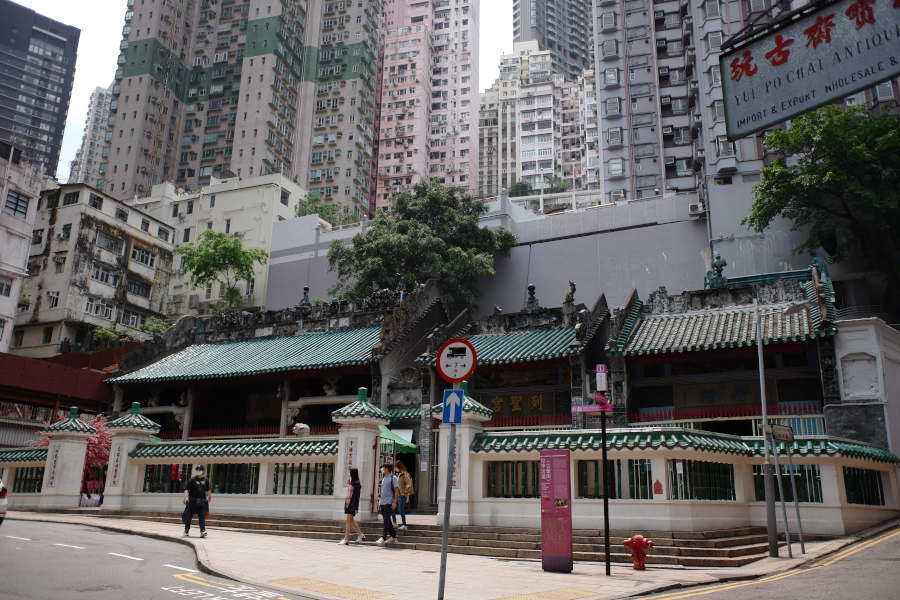
There are also three Man Mo Temples in Tai Po, but the Man Mo Temple in Sheung Wan is most commonly visited, possibly because it’s the biggest one. Even Princess Anne, the daughter of Queen Elizabeth II and Prince Philip, visited the temple on November 27, 1971.
The history of Man Mo Temple
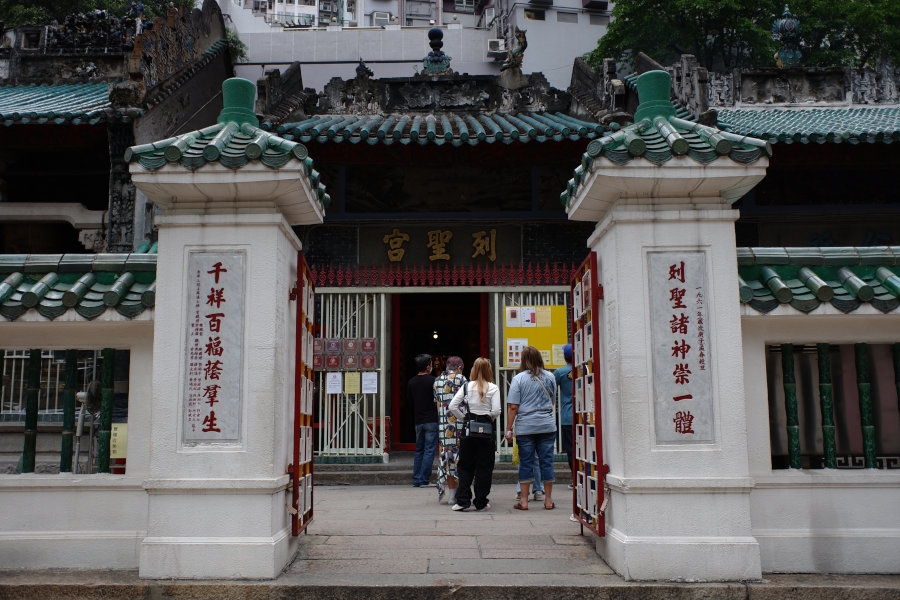
The complex is made up of three buildings. From left to right, they are the Man Mo Temple, Lit Shing Kung, and Kung Sor.
Man Mo Temple is for worshipping the two eponymous deities, the Lit Shing Kung is for worshipping various other major deities (like Guan Yin, or Kwun Yum [觀音]) and minor deities; the Kung Sor was once used as a mediation point when there were conflicts in the community. Today, the building has been converted into a souvenir shop and an extension has been added to the back of the building in 1994 that is used as an ancestral shrine.
Man Mo Temple and Lit Shing Kung are generally believed to be built in 1847 by two wealthy Chinese leaders of the community at the time, Lu Yagui (盧亞貴) and Tan Yacai (譚亞財). The Kung Sor was likely built later, in 1862.
The three buildings are separated by two alleys, each with their corresponding openings in the walls surrounding the temple complex (the entrances bear the names of the alleys — Buyue and Luzhong).
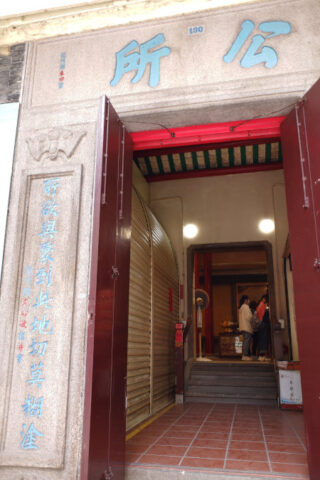
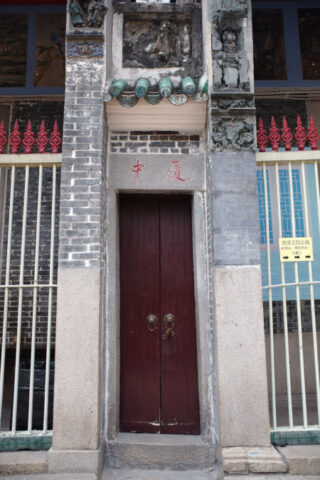
Inside the ancestral shrine, small passport-size photos of people’s grandmas, grandpa’s, moms, and dads line the walls, marking the drawer spaces where ashes of loved ones are kept. The ceilings tower above the height of the original Kung Sor building, perhaps to accommodate more drawers.
Under the pictures sit electronic red candles and plates of the reddest apples and roundest oranges you can find at the market, as well as plates of food, offered to the ancestors. Photos are prohibited here to protect the privacy of those who have passed.
The temple complex has been managed by Tung Wah Hospitals since 1908.
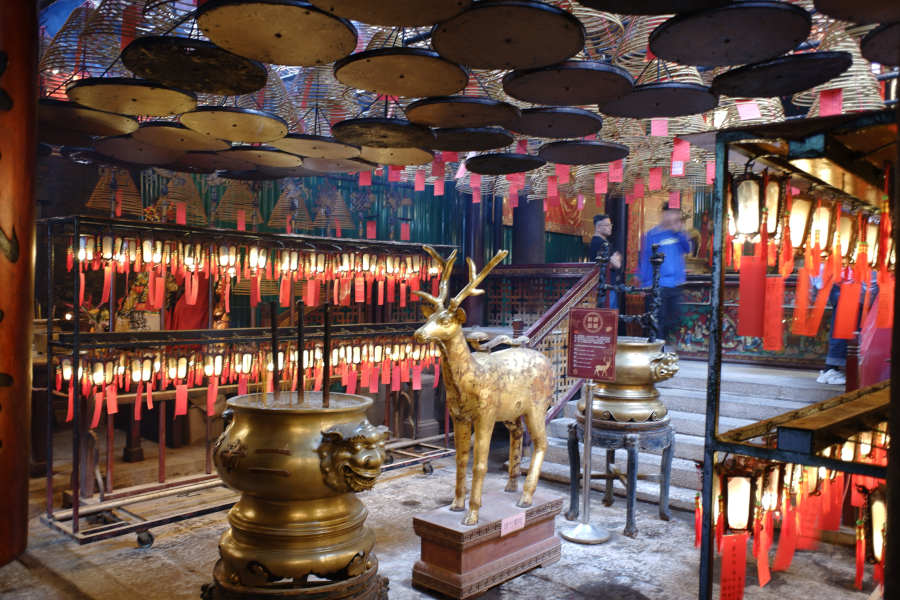
There are three functions of the temple complex:
- Worship deities (Man Cheong and Kwan Tai in the Man Mo Temple; other deities in the Lit Shing Kung)
- Worship Chinese ancestors (in the extension section behind the Kung Sor)
- Resolve problems in the Chinese community during colonial times (original use of Kung For): If there was a dispute in the community, like ownership of an object, the locals would go here to resolve it, bringing their evidence, not a police station. This is a reflection of the local community’s desire to resolve issues without taking it to colonial police or government at the time of British rule.
Activities in Man Mo Temple
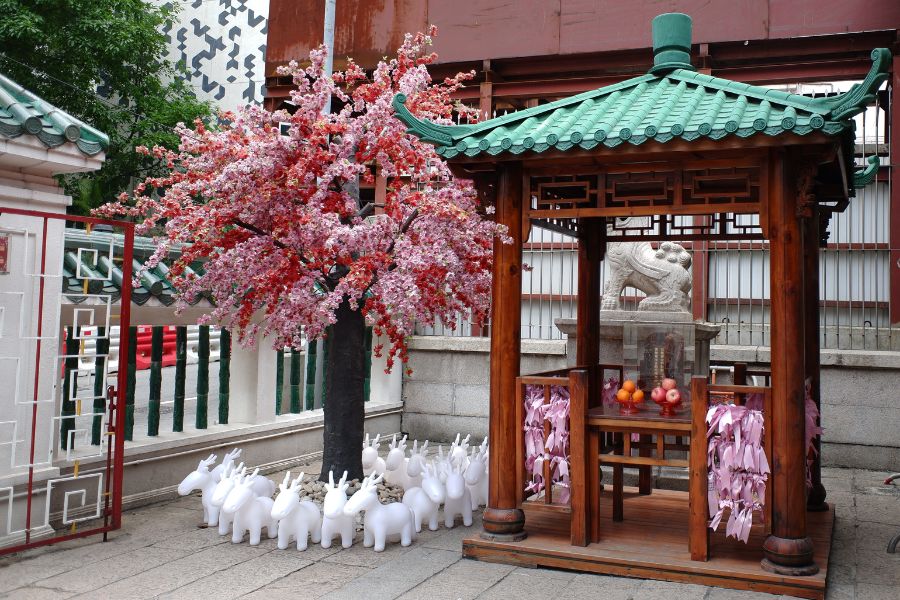
The main events held at the temple complex are Man Cheong Festival, Kwan Tai’s Birthday, Kwun Yum Treasury Festival, and Tai Sui Tip (太歲帖) (during the first 15 days of Lunar New Year). Also, every September in the lunar calendar, the Tung Wah Group of Hospitals’ premiers and community representatives gather to do the Autumn Sacrificial Rites.
The ritual, where Kwan Tai and Man Cheong are worshipped, and the group prays for the good of Hong Kong, has its roots in thanking the gods after a bountiful autumn harvest.
How to pray at Man Mo Temple
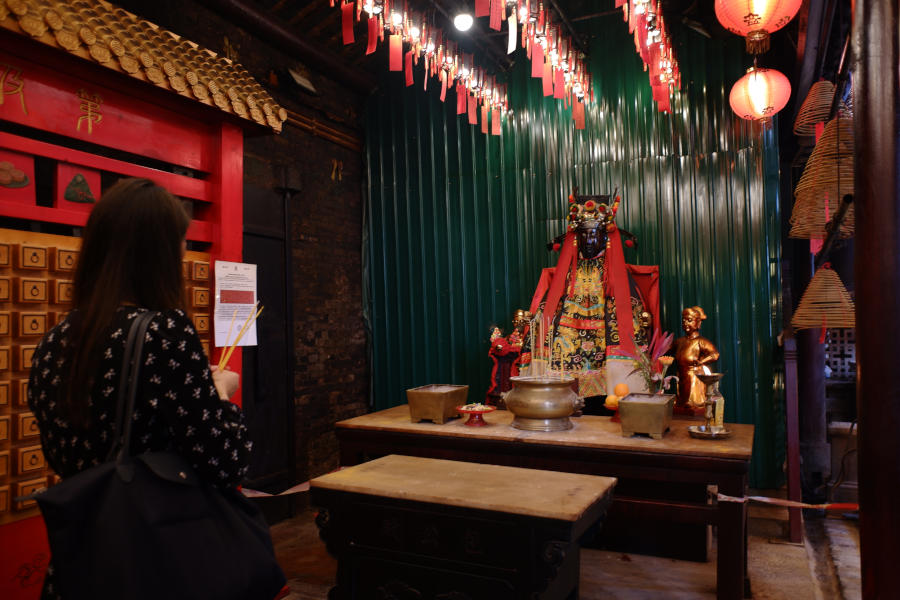
In the main Man Mo Temple, individuals take three sticks of incense and walk around the temple, pausing for a few moments in front of the statues and bowing their heads silently with the incense raised above the level of their head, before moving onto the next deity they’ve come to pray to.
There’s significance to the order in which you worship deities; some people worship Kwun Yum before moving on to other gods because she is the Mother Goddess.
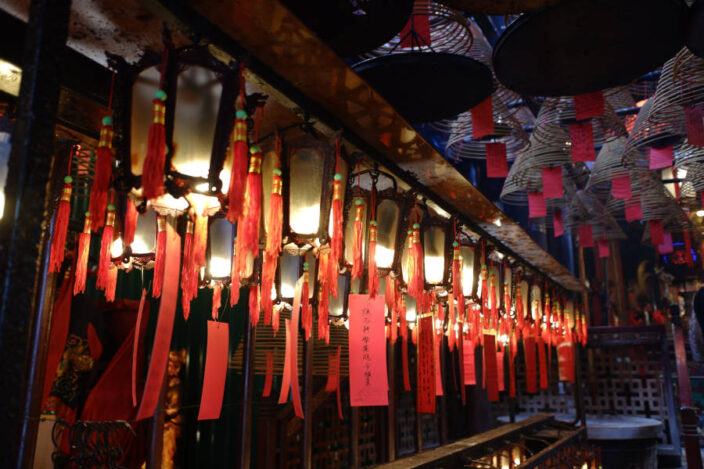
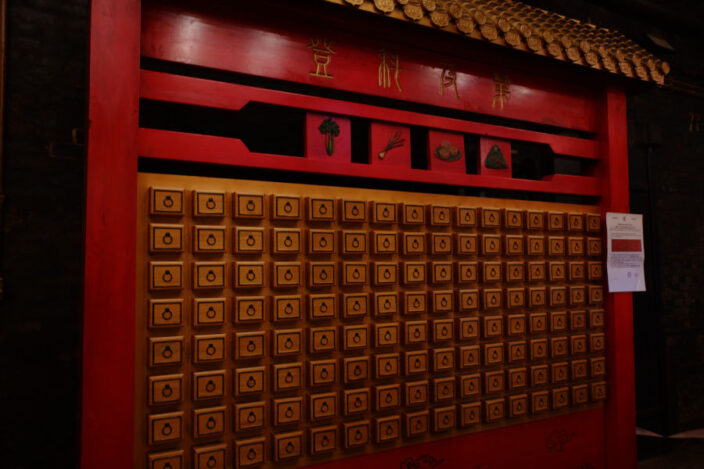
Locals generally don’t walk through the middle of the temple where there is incense burning from the roof, in case ash falls down.
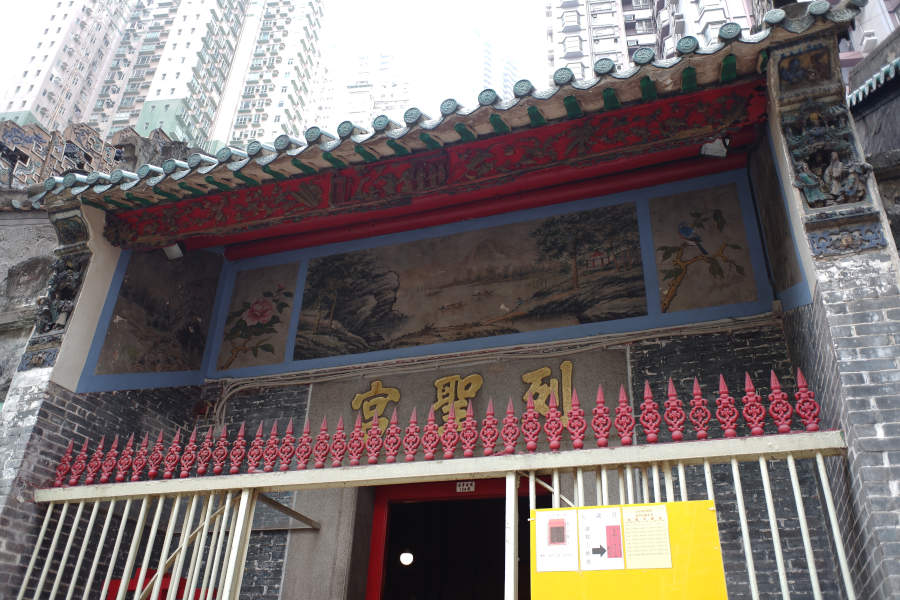
In order to enter the Lit Shing Kung to pay respect to deities like Kwun Yum, Dipamkara Buddha, Tai Shui, and Lü Dongbin, visitors need to buy a pack of sacrificial aritlces (HK$48) or a pack of incense sticks (HK$15).
As the author stands in front of the main altar at the back of the temple, the lights on an electrical light display flash blue, green, and red LEDs. It’s the only obvious modern addition.
Sources:
- https://www.aab.gov.hk/filemanager/aab/common/147meeting/AAB-47_Annex_B_Chi.pdf
- https://www.fed.cuhk.edu.hk/history/history/%A4%A4%A6%E8%A5%E6%B6%D7%BDu%A4W%AA%BA%A4@1.pdf
Image credits: Danielle Lam/The HK HUB

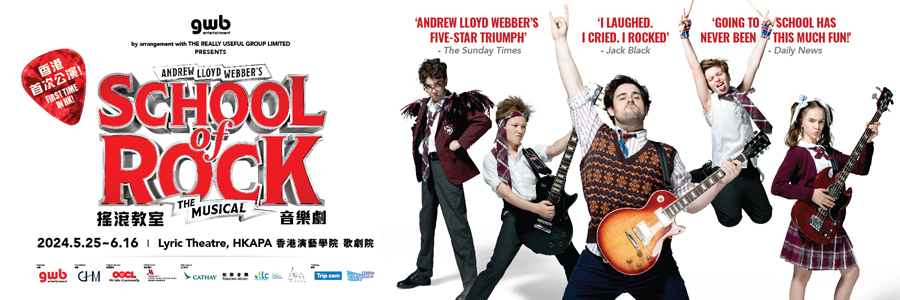
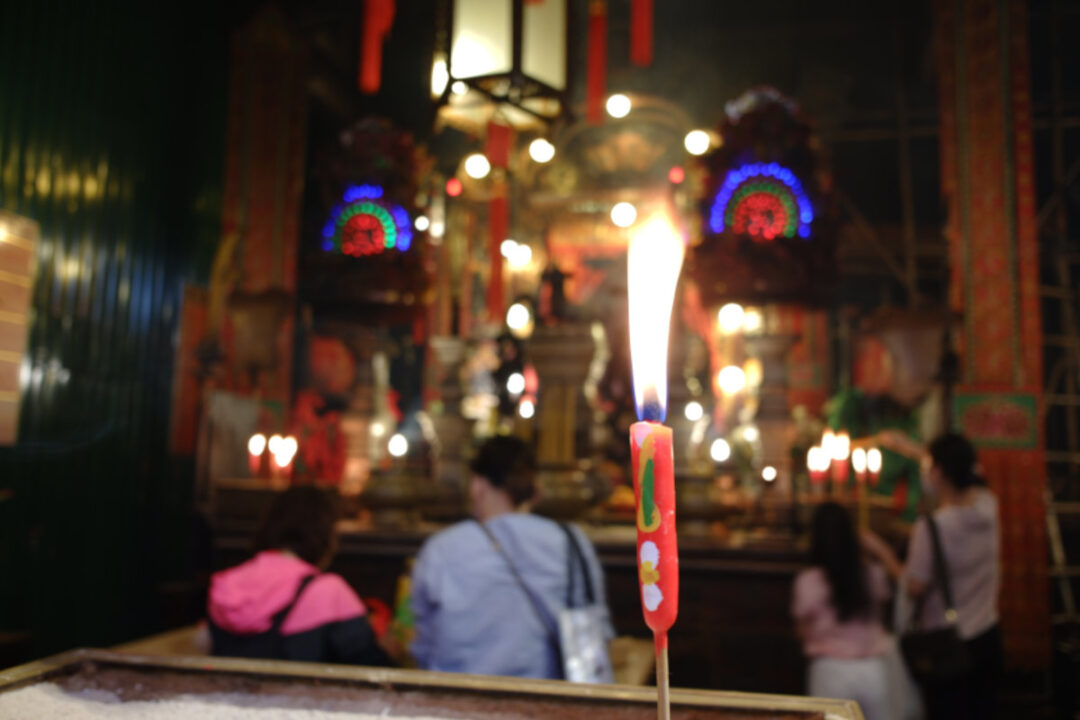


Add comment